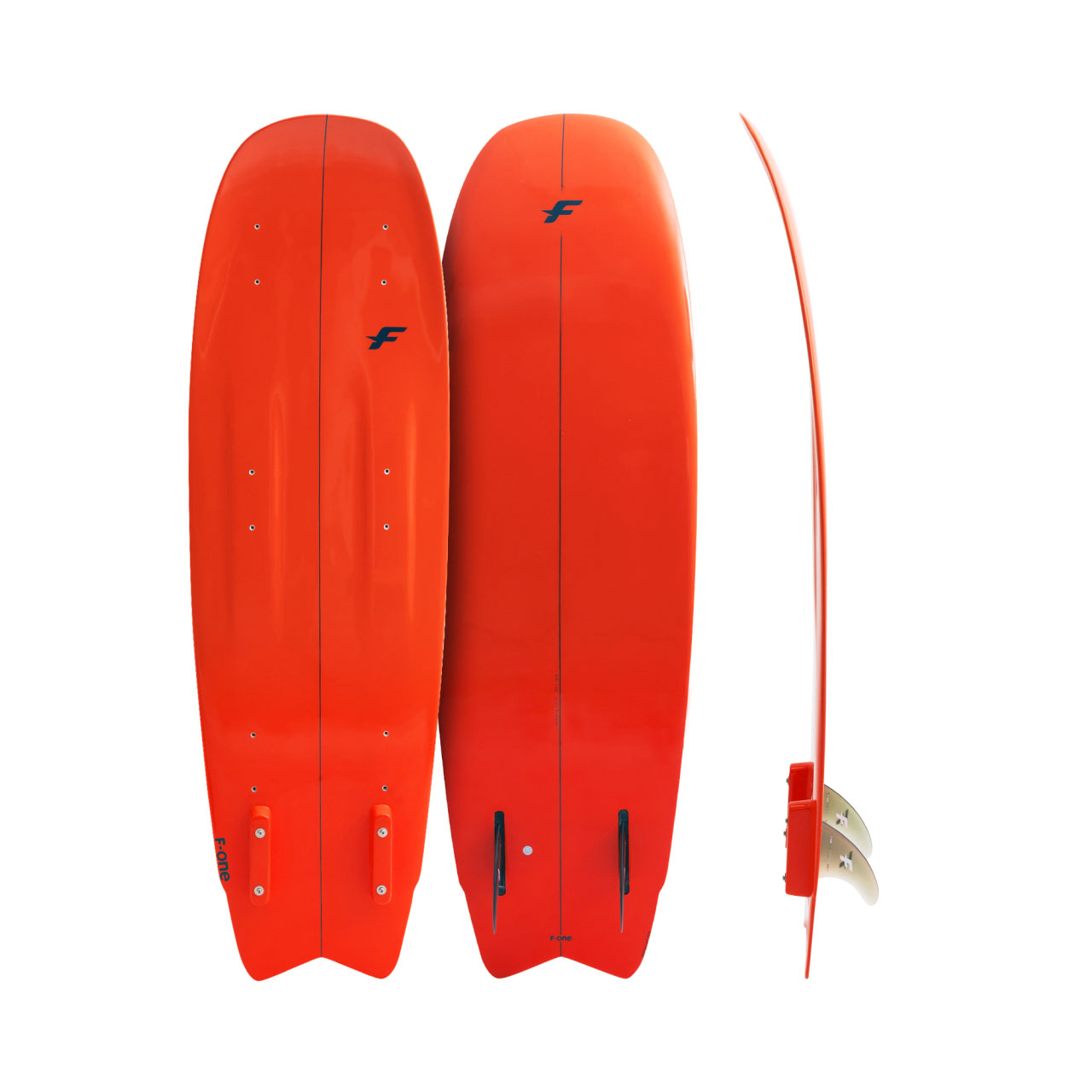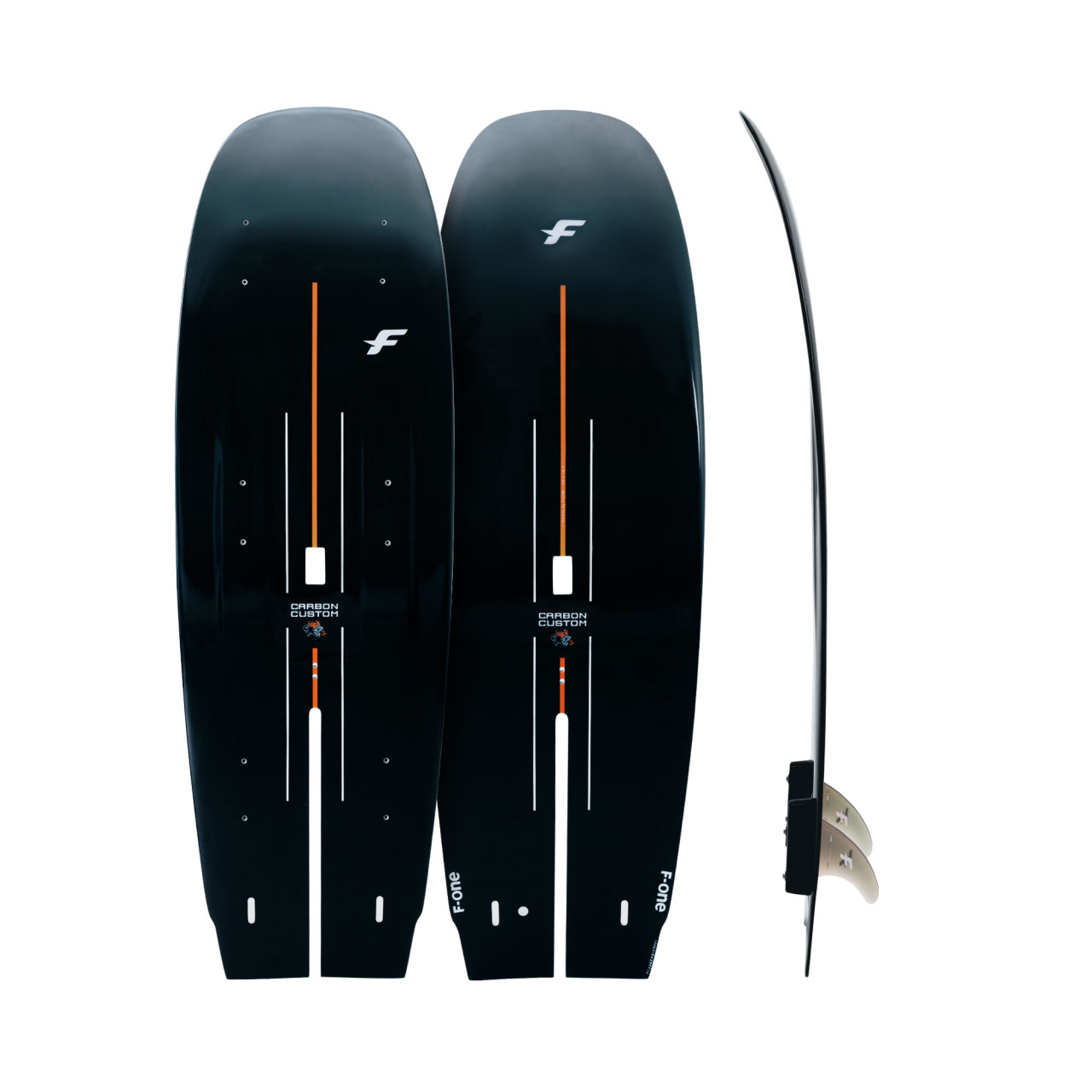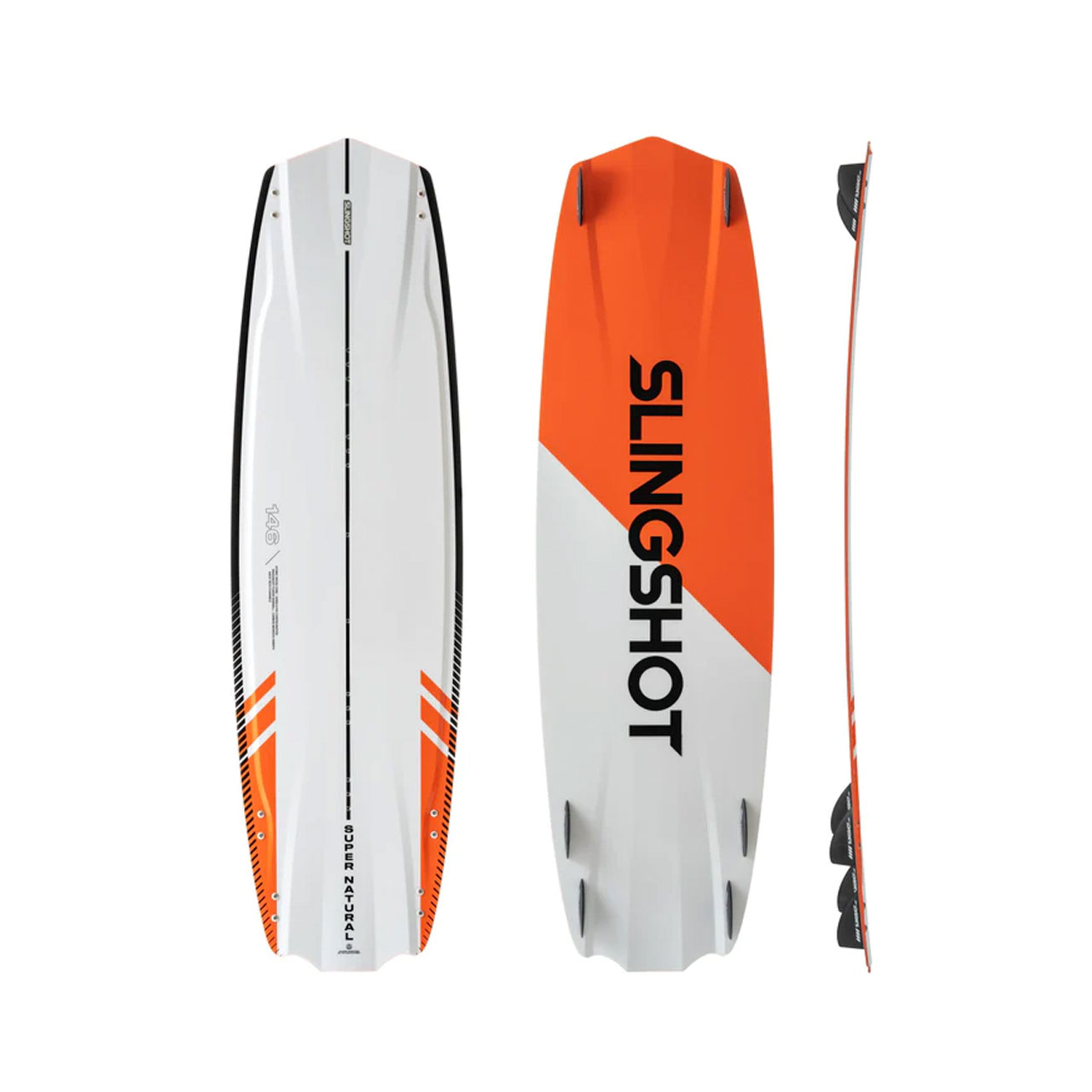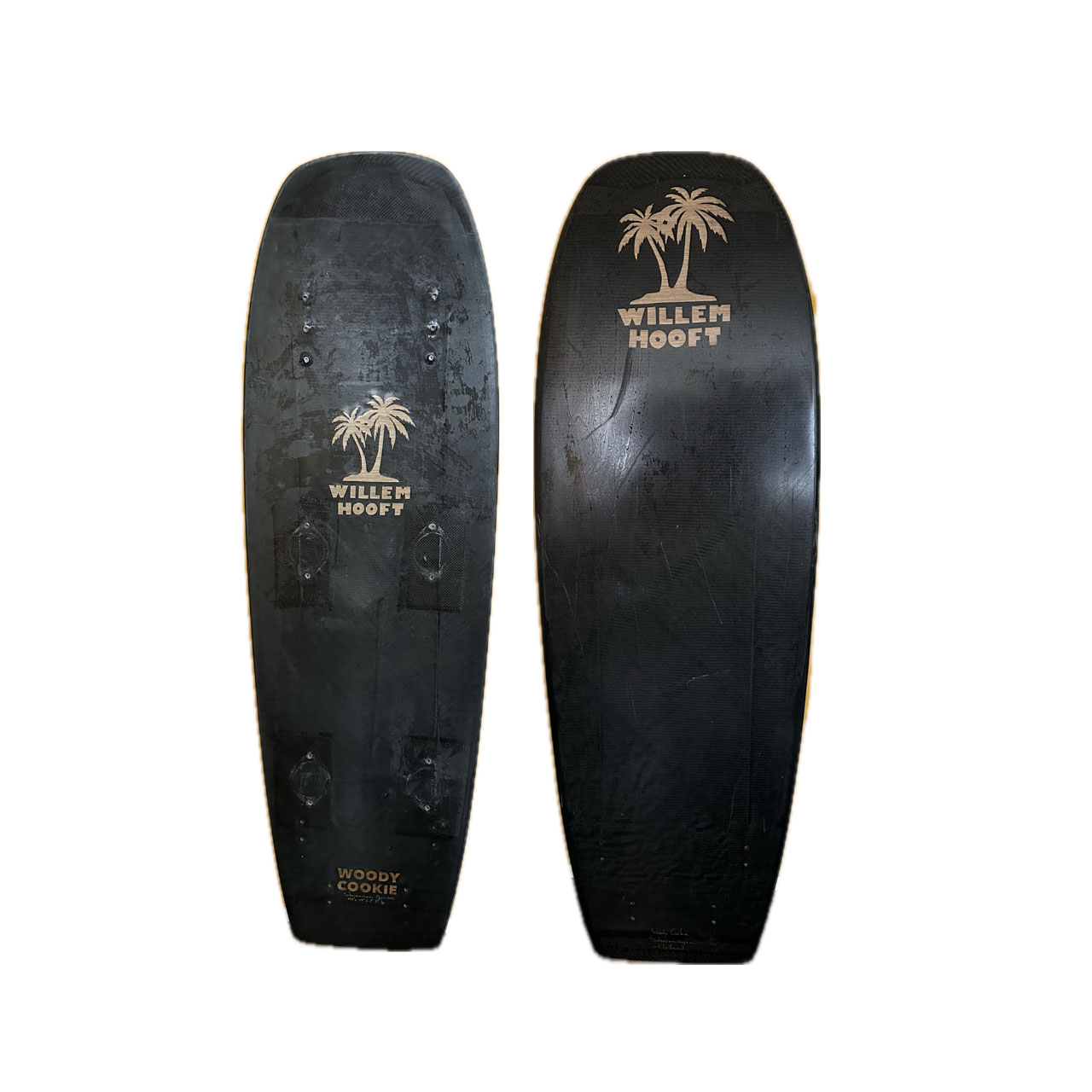- info@willemhooftfoundation.com
- NL31ABNA0100771556 t.n.v. Stichting Ride the Waves
The world of sit-kite surfboards is undergoing significant development. Just a few years ago, adapted kitesurf equipment was not available, and sit-kite enthusiasts had to create their own boards. Today, various options are available. In general, a sit-kiteboard is composed of the following components:
To choose the right board, you need to consider various factors, including the intended use of the board (discipline), as well as factors such as body height, weight, and surfing experience. The differences and available options are explained in more detail below.








Currently, the only manufacturer of sit-kite frames is Wolturnus, a high-end wheelchair manufacturer from Denmark. The frame is made of anodized high-grade aluminium (7030), resulting in an impressive lightweight of only 1.8 kilograms. After five years of intensive use, including high waves and salty waters, the frame has proven its indestructibility. Although there is some corrosion and oxidation, this remains within acceptable limits.
Aside from the standard sit-kite frame, Wolturnus provides a sit-foil frame with a hinge, enabling the foil to pivot. This enables the sit-kiter to ride over the beach and shallow water. The frame is specially designed for use with the F-One Sit-Kite Foil board and weighs 3.7 kilograms. Both frames are available in various colours.
A limitation of the Wolturnus frames is that they are available in only one standard size, with a fixed seat height and angle. If a different seat height or angle is preferred, the only option is to have a custom-made frame built yourself, for example in collaboration with a local aluminium welder. Our research indicates that adjusting the seat height and angle can offer various benefits, depending on individual factors such as mobility, body size, and surfing experience. Besides Wolturnus, there are currently no other suppliers of sit-kite frames. For additional information about the frame, please reach out to info@wolturnus.dk.
Most sit kiters use seats that are designed for sit-skiing, although minor adjustments are required. Tessier, a manufacturer of sit-skis, has experience in making these adjustments. They replace the memory foam with closed-cell structured foam, making it water-resistant. Additionally, the backrest is further cut out to facilitate quicker water drainage from the seat.
Sit-kitesurfing requires stronger straps than Tessier standard supplies. More information about this can be found below under ‘Straps for footpad and seat’.
Tessier offers seats in six different sizes, which can be combined with different types of backrests, depending on the level of support desired. The finish can be done with gelcoat or carbon. Detailed information about this can be found on their website: www.tessier-adaptive-sports.com/en/96e-handiski-handisport-seat-sitski-x-country-ski-sitwake
The shock absorbers connecting the board to the frame are standard shear mounts of the APK type (TP080A70). These rubber shock absorbers ensure that the frame doesn’t prevent the board from flexing and distribute the forces over a larger surface area. The shock absorbers are made of galvanized steel. Galvanized steel is more sensitive to seawater than aluminum or stainless steel, making it necessary to replace them every now and then. More technical information is provided below.
https://www.rubberdesign.nl/wp-content/uploads/2017/07/Sheet-RD-APK.pdf
The footpad is created by halving two (used) kitesurf bindings and joining them together. The foam of the footpad contributes to faster positioning of the sit-kiteboard in the correct water start position. Additionally, it ensures the rider’s feet are securely fastened to the board. A footstrap is used for this. Additional information about the straps can be found below.
When kitesurfing, the forces on the straps are significantly greater than during activities such as sit-skiing. Therefore, special straps have been developed for sit-kiting, utilizing a Velcro closure. One of these straps is used to fasten the spreader bar to the seat. The most suitable spreader bar for this purpose is the Mystic Spreader Clickerbar. To secure the feet to the board, a footstrap is used. These straps are handmade by Sailmaker Vrolijk in the Netherlands, customized to fit the various sizes of Tessier seats. For further information, please reach out to: info@zeilmakerijvrolijk.nl
All nuts and bolts for assembling the different parts should be of marine INOX 316 grade (A4).
Can I use any foil board or surfboard as a sit-kiteboard?
Many riders have tried to use regular foil boards or surfboards as a sit-kiteboard. Although the outline of these boards resembles that of a sit-kiteboard (but is certainly not the same!) and they are generally cheaper than dedicated sit-kiteboards, we understand the temptation to use one of these mass-produced boards. However, we cannot recommend it.
The lack of nose rocker and straight outline make those boards unsuitable to ride in chop or surf waves. Additionally, the nose of those boards is too long, making the board unsafe when being dragged through the water by the traction of a crashed kite. The nose surface in front of the rider’s feet works as a drogue anchor, preventing the rider from turning into a safe waterstart position (with the feet pointing towards the kite). Moreover, the reduced volume of the sit-kiteboard is essential for safety. A board with too much volume causes the rider to float with the buttocks up and the head down, posing a drowning risk.
© 2023 All rights reserved - Powered by Hands on Brands